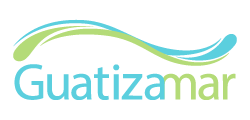
Sea cucumber is an exceptional product due to its many culinary and therapeutic properties. At Guatizamar S.L, we focus our efforts on a sustainable cultivation, responsible exploitation and commercialization of this peculiar animal and its derived products.
SEA CUCUMBER
Sea cucumber is an echinoderm with high ecological and economic value that is consumed as a “delicatessen” mainly in Asia, and is also used for medicinal purposes, given its beneficial properties in the circulatory, respiratory, locomotor and excretion systems.
ECOLOGICAL VALUE
Sea cucumbers are animals with a high ecological value since they are mainly sedimentary and detritivores. They produce the bioturbation of the superficial layer of the sediment, reducing its stratification and solidification, and avoiding the excessive proliferation of microorganisms.
They are capable of transforming large amounts of organic debris into nitrogenous components that are used by algae and seagrasses for their growth. Both its feeding and its excretion produce an increase in the alkalinity of the water, acting against ocean acidification at the local level.
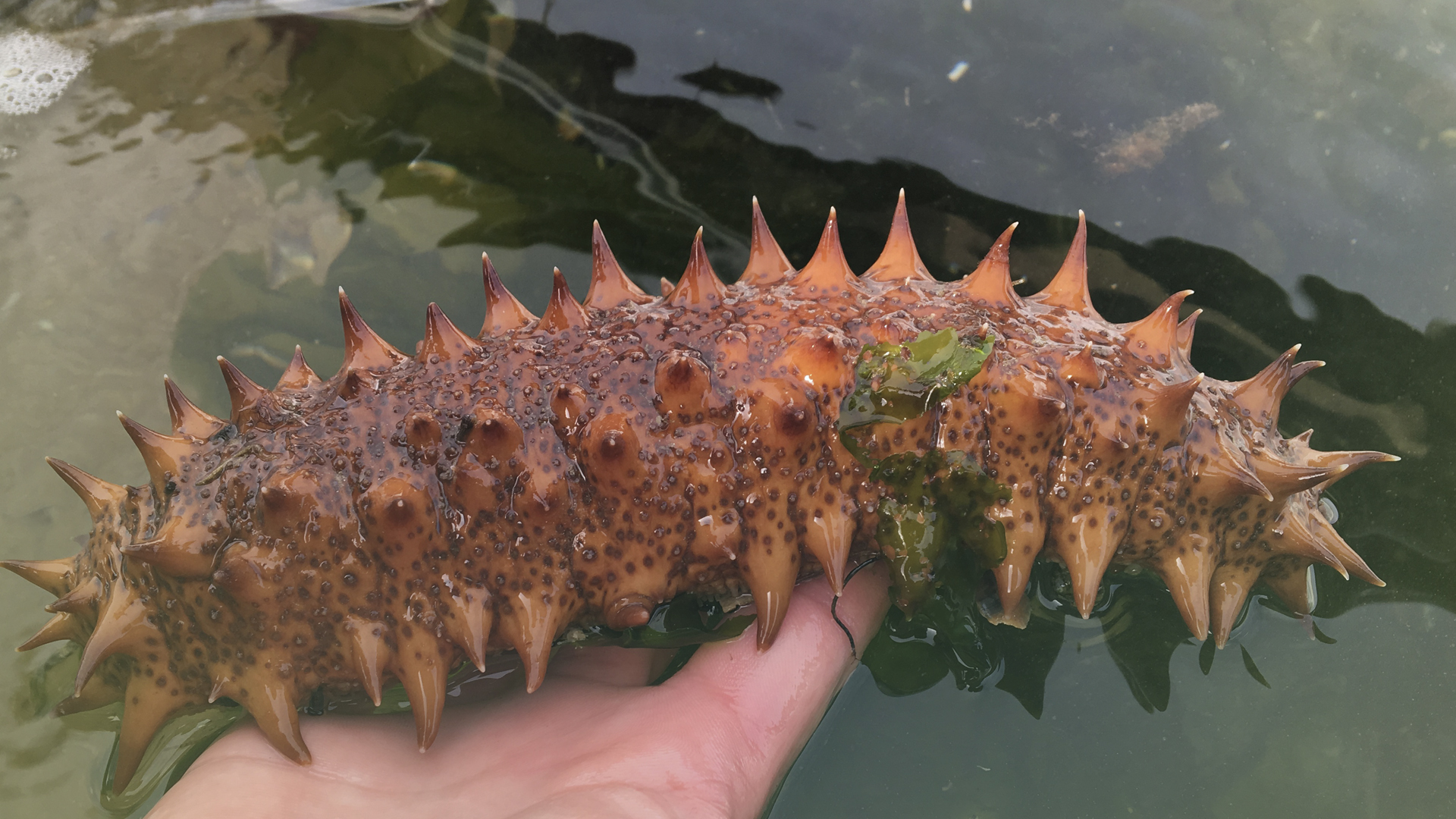
ECONOMIC VALUE
Sea cucumber is an interesting commercial product thanks to the great demand in Asian markets, where it is consumed as food (due to its high levels of proteins, minerals and bioactive components), and is also used as a treatment for diseases, mainly related with the urinary and circulatory system.
There are different products that can be obtained from sea cucumber processing:
– Bêche-de-mer – The body of the gutted, cooked and subsequently dried animal.
– Konowata – Macerated or salty intestines.
– Konoki – Dry gonads.
– Freeze-dried intestine powder.

FISHERIES CASUISTICS
The fisheries’ management of sea cucumbers is very complicated due in part to the biological characteristics of the group: dense-dependent reproduction, high mortality of larvae and juveniles, longevity, reproductive strategy, difficulty in the taxonomic identification of the species, etc.
Therefore, more than 70% of the global sea cucumber population is considered over-exploited or depleted, with local extinction of some stocks.
The sea cucumber aquaculture arises as a solution to satisfy the high demand for quality product in Asian markets, while simultaneously allowing the reduction of the fishing pressure on natural populations.

POTENTIAL IN AQUACULTURE
Considering the vulnerability of sea cucumbers to their fishing exploitation, aquaculture emerges as a solution to minimize fishing pressure on natural populations and as a means for future restocking and recovery of wild populations.
Sea cucumber aquaculture began in China and Japan in the 1980s, mainly centered on the species Apostichopus japonicus.
Currently, there are 7 species cultivated on a large scale in different countries including Australia, Canada, China, Japan, Madagascar, Spain and Mexico.
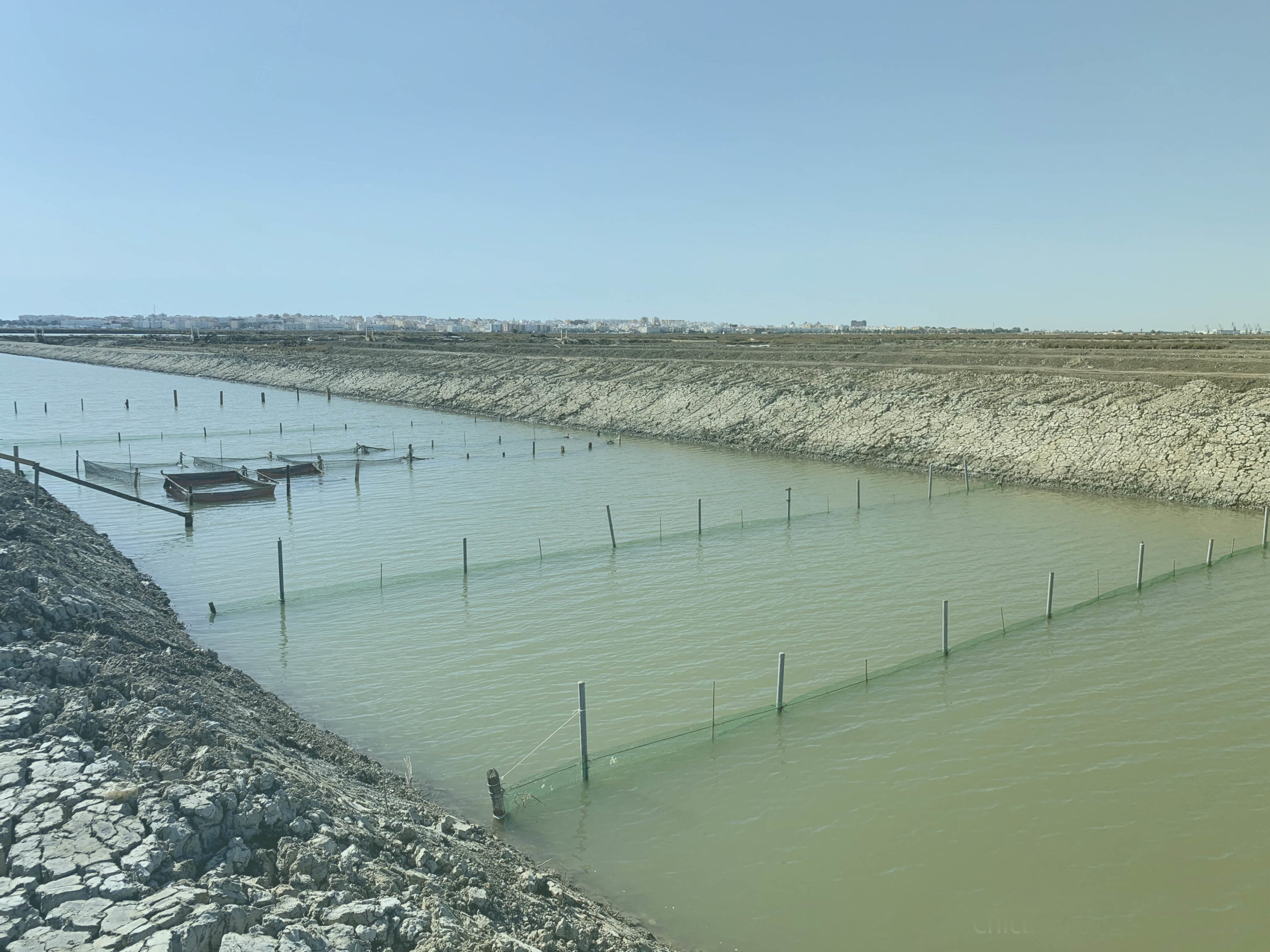
OUR TARGET SPECIES
Holothuria arguinensis is already considered a “Species of Commercial Interest” in the terminological and identification database of fishing species of the coasts of Andalusia, as well as in the national list of commercial names of the General Subdirectorate of Aquaculture and Fishing Marketing of the General Secretariat of Fisheries of Madrid.
Presents an optimal nutritional profile for consumption:
In addition, it presents different bioactive compounds with special application in health and nutraceuticals, including antioxidants and anticancer agents.
MAIN BENEFITS OF Holothuria arguinensis FOR ITS PRODUCTION AND HUMAN CONSUMPTION
JUVENILE OF Holothuria arguinensis
Showing dark morphotype, cultivated in co-culture with Ulva lactuca (green macroalgae)


ADULT Holothuria arguinensis
Feeding themselves and carrying out their functions of “vacuum cleaner” of the funds. Special attention to the number and size of the lateral papillae.
ADULTS Holothuria arguinensis
presenting different typical morphotypes of the species
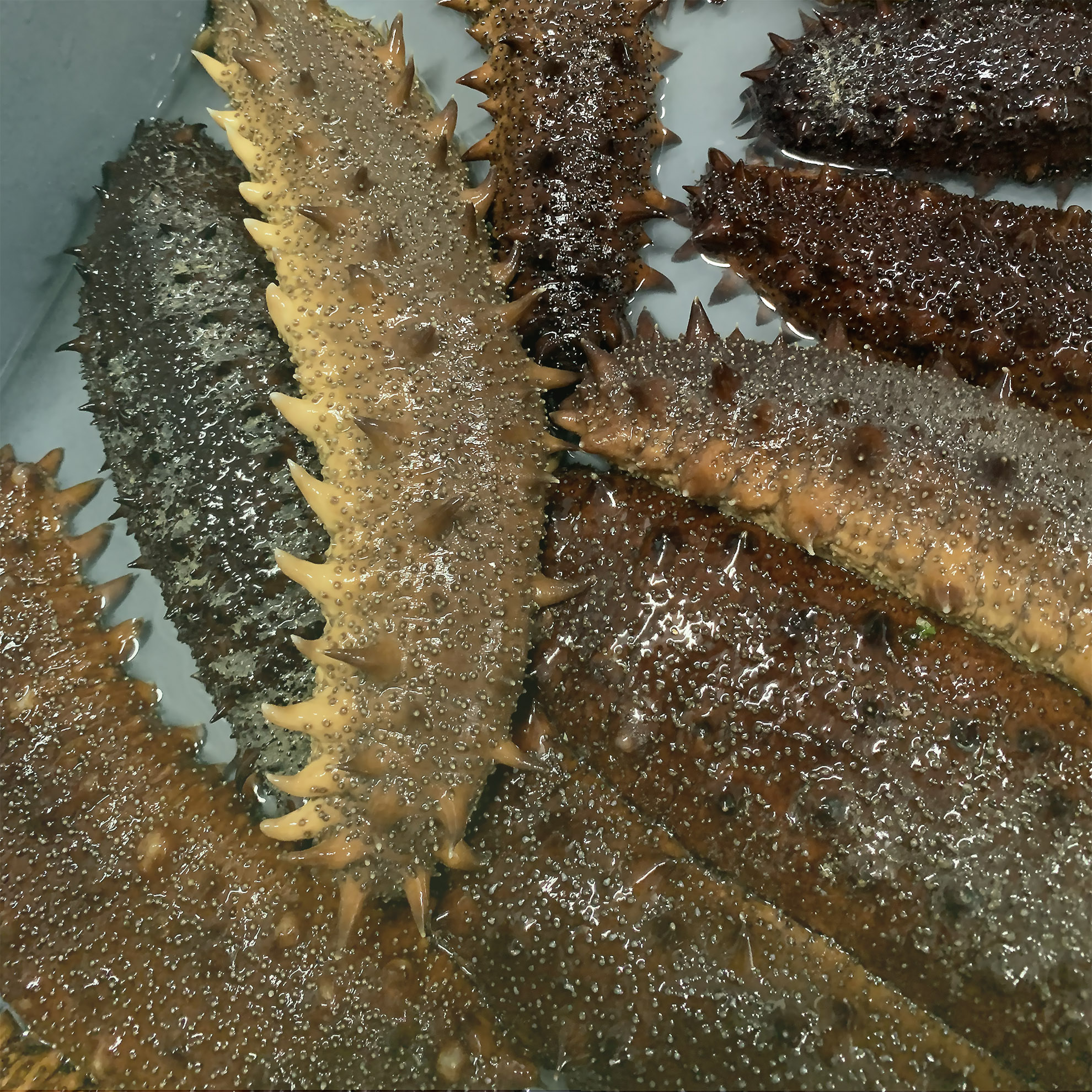
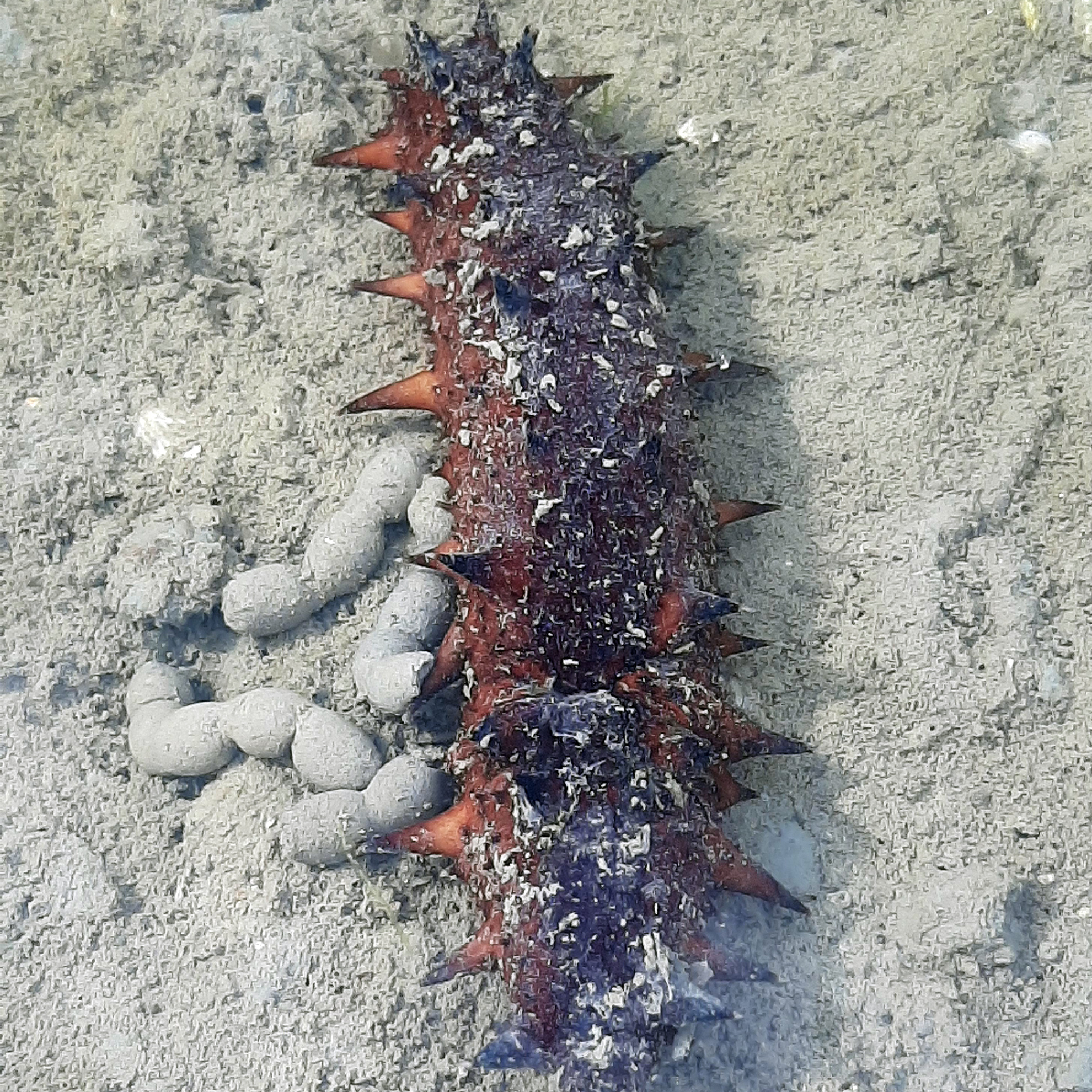
EARLY JUVENILE OF Holothuria arguinensis
With dark morphotype on sandy substrate.
JUVENILE OF Holothuria arguinensis
fattened in our facilities

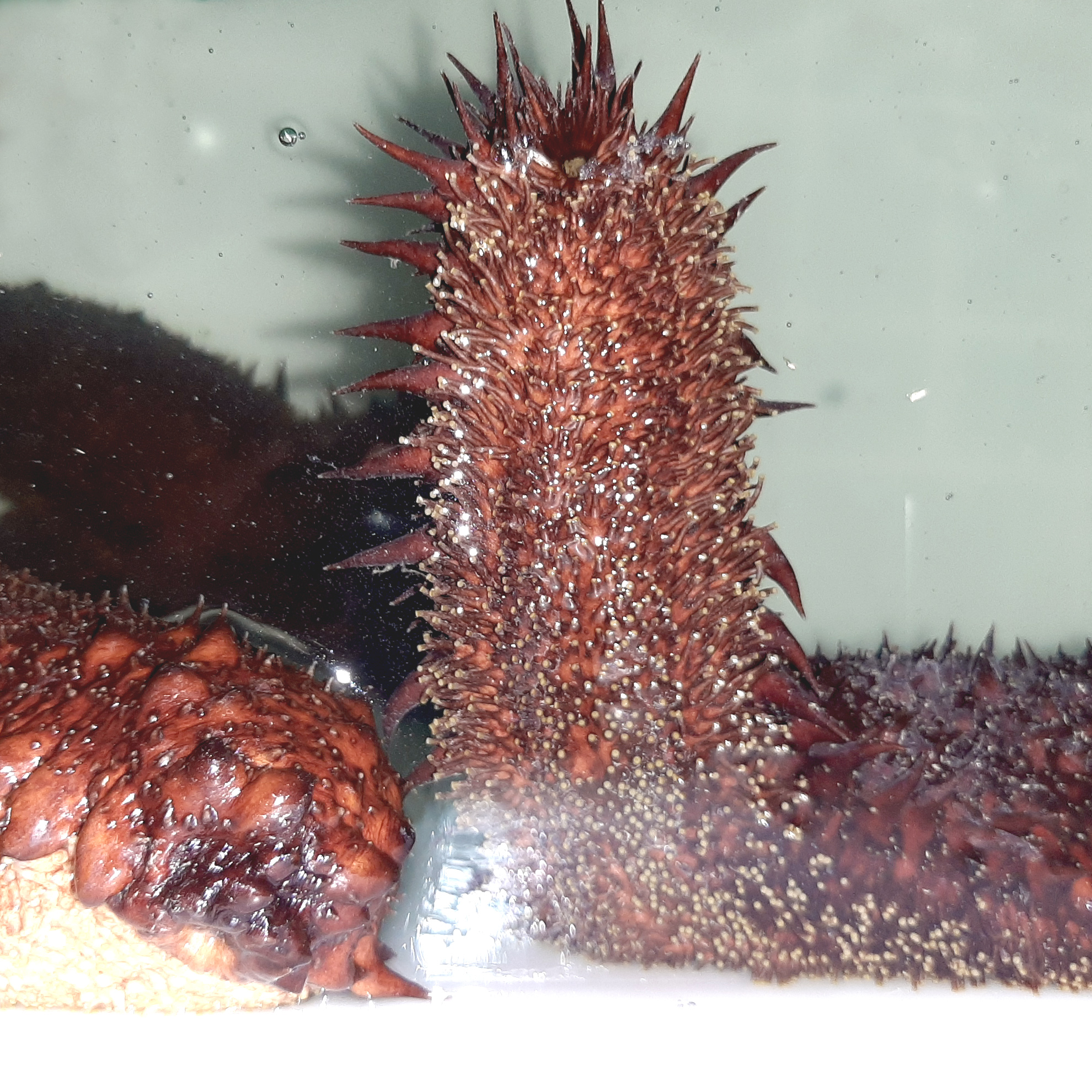
ADULTS Holothuria arguinensis
in “cobra” position, characteristic behavior during sea cucumber reproduction events
AQUACULTURE IN A NATURAL PARK
Guatizamar aquaculture facilities are located at the San Ramón de Chiclana de la Frontera Farm (Cádiz).
The San Ramón farm is included in the Bahía de Cádiz Natural Park, a wetland with high ecological value and diverse uses ranging from extensive and semi-extensive aquaculture of fish to the cultivation of crustaceans, algae and, also now, sea cucumber
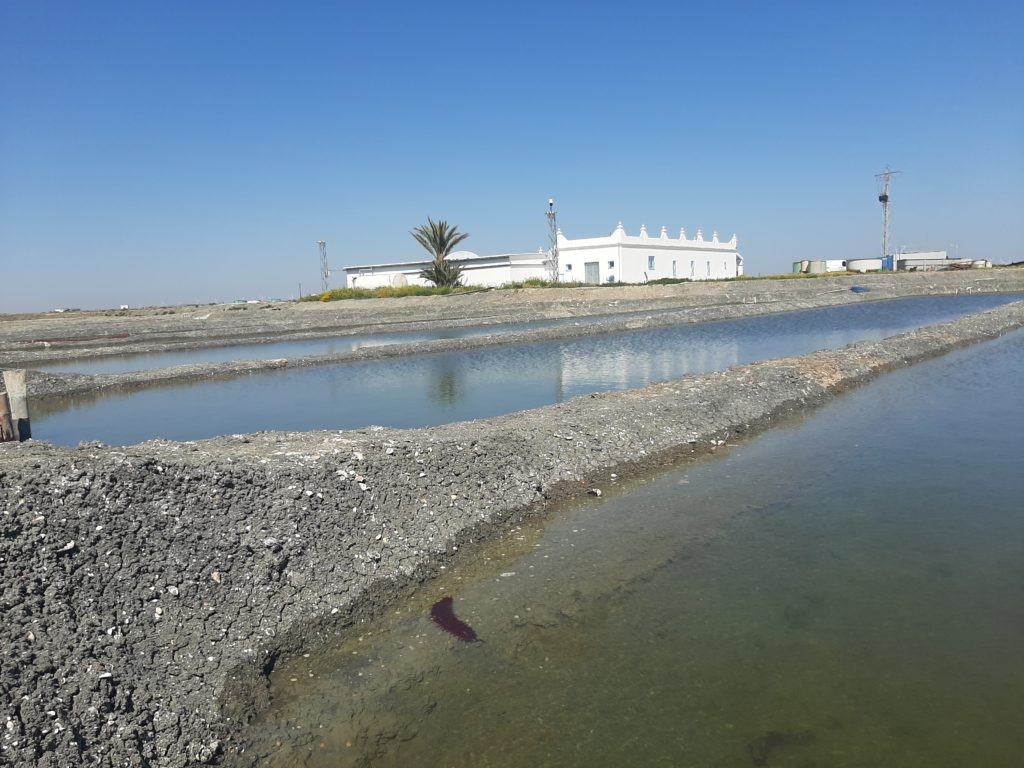
Chiclana de la Frontera
Holothuria arguinensis is found in Chiclana de la Frontera, within the limits of the Bahía de Cádiz Natural Park (South of Spain) with 10,522 hectares of territory. This protected area was established in 1989, due to its high diversity of animal and plant species.
Within the park, different uses coexist (fishery, rural tourism, aquaculture, research, salt exploitation, agriculture, etc.), all of which benefit from the “singularities” of the park including its mild climate, low rainfall, high concentration of nutrients in its waters, important renewal flowing through tides, etc.
OUR FACILITIES “FINCA SAM RAMÓN”
OUTDOOR CULTIVATION POND
Pre-fattening and fattening of juvenile Holothuria arguinensis, with “hapas” for experimentation of alternative diets
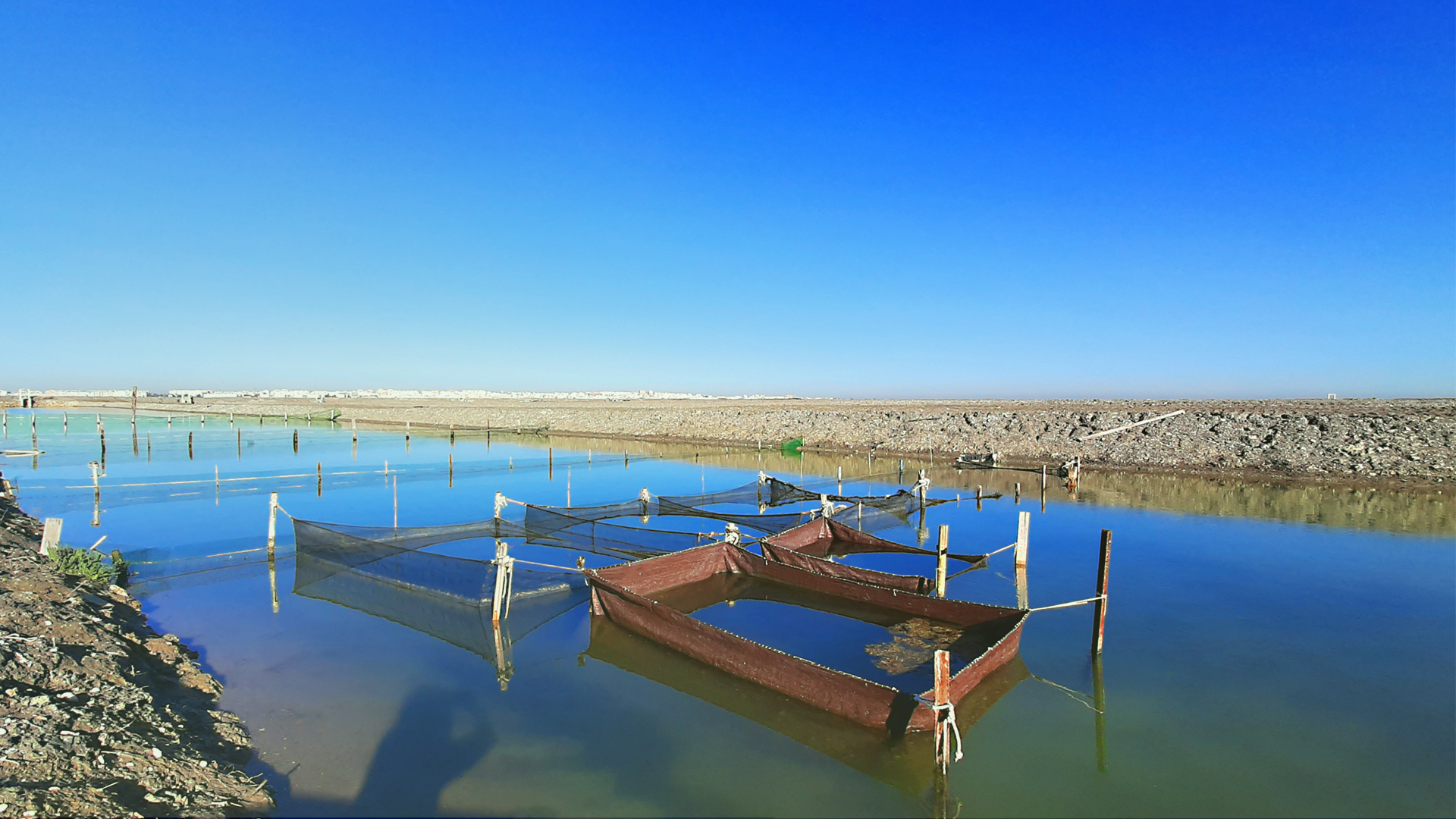
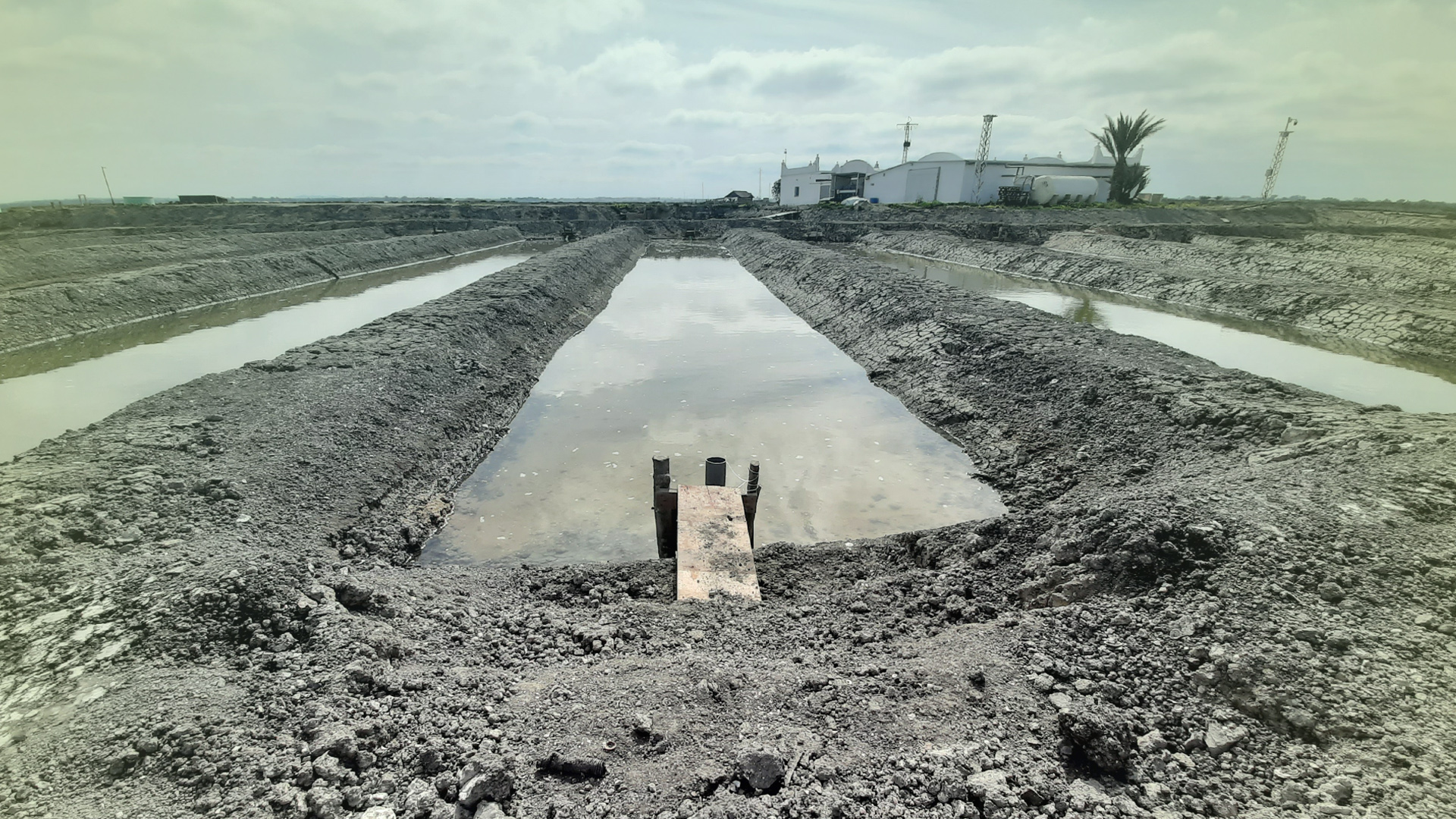
OUTDOOR NURSERY
Composed of 21 ponds with sand beds for the pre-fattening of early juveniles of Holothuria arguinensis
OUTDOOR POND FOR YOUTH AND ADULTS FAT
Holothuria arguinensis with a gate at the bottom, for renewal of tidal waters from the main spout
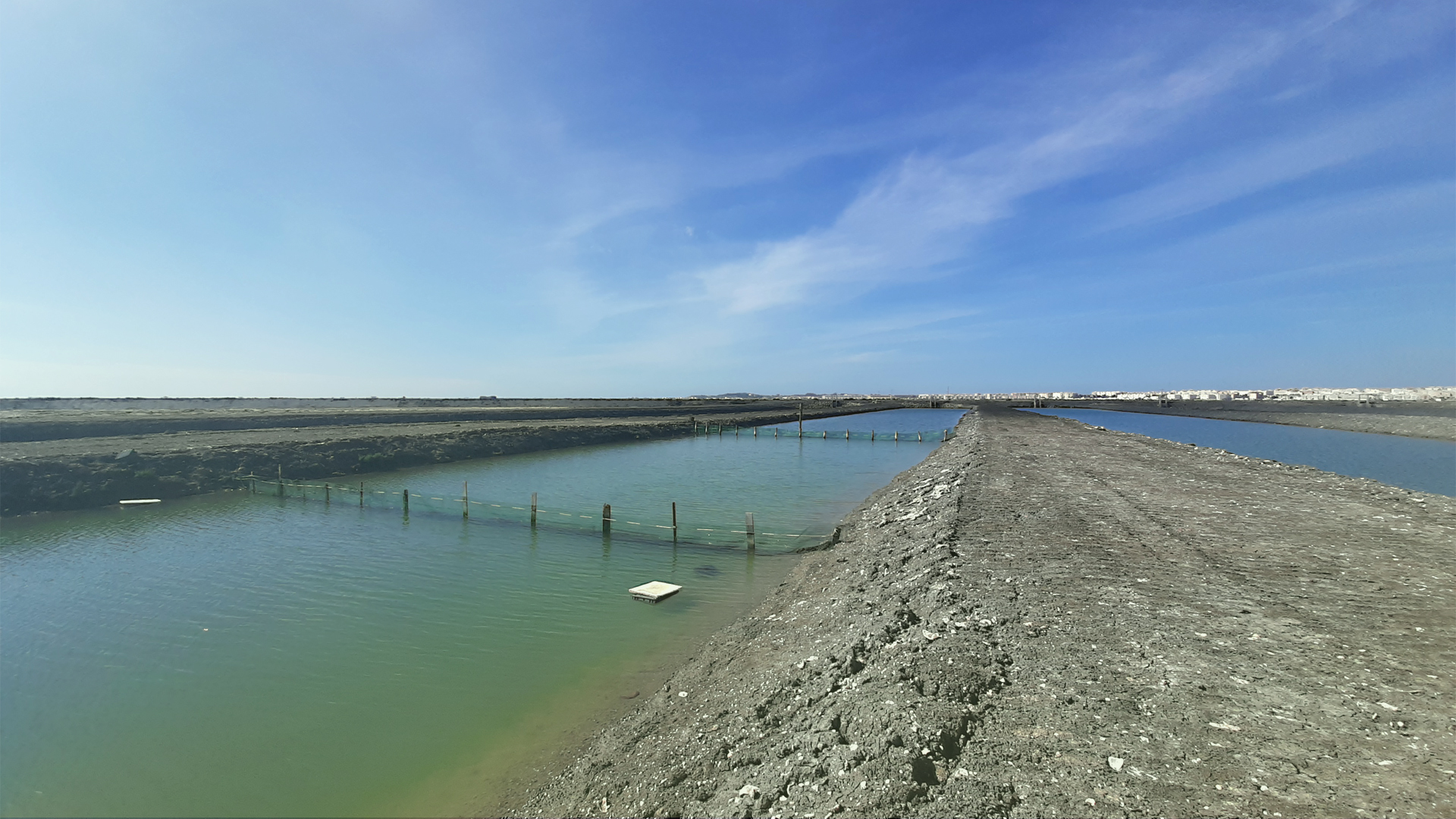
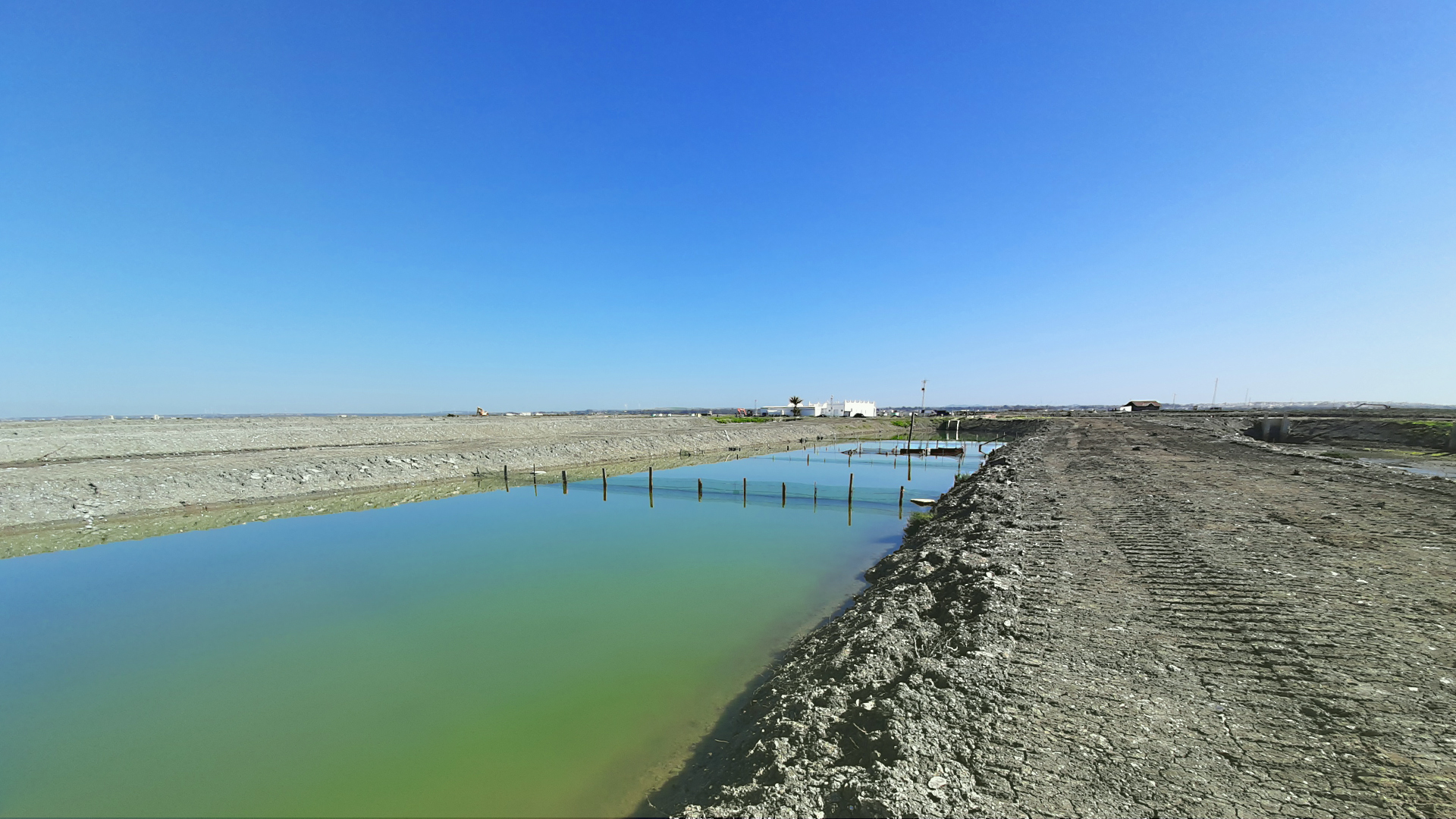
OUTDOOR POND FOR YOUTH AND ADULTS FAT
Holothuria arguinensis with a gate for communication with the perimeter canal. In the background you can see the main nave where the hatchery is located.
BIOFILTER FOR EFFLUENT “CLEANING”
The hatchery through the capture of excess nutrients by green macroalagas (Ulva lactuca, Chaetomorpha limum, Enteromorpha sp).
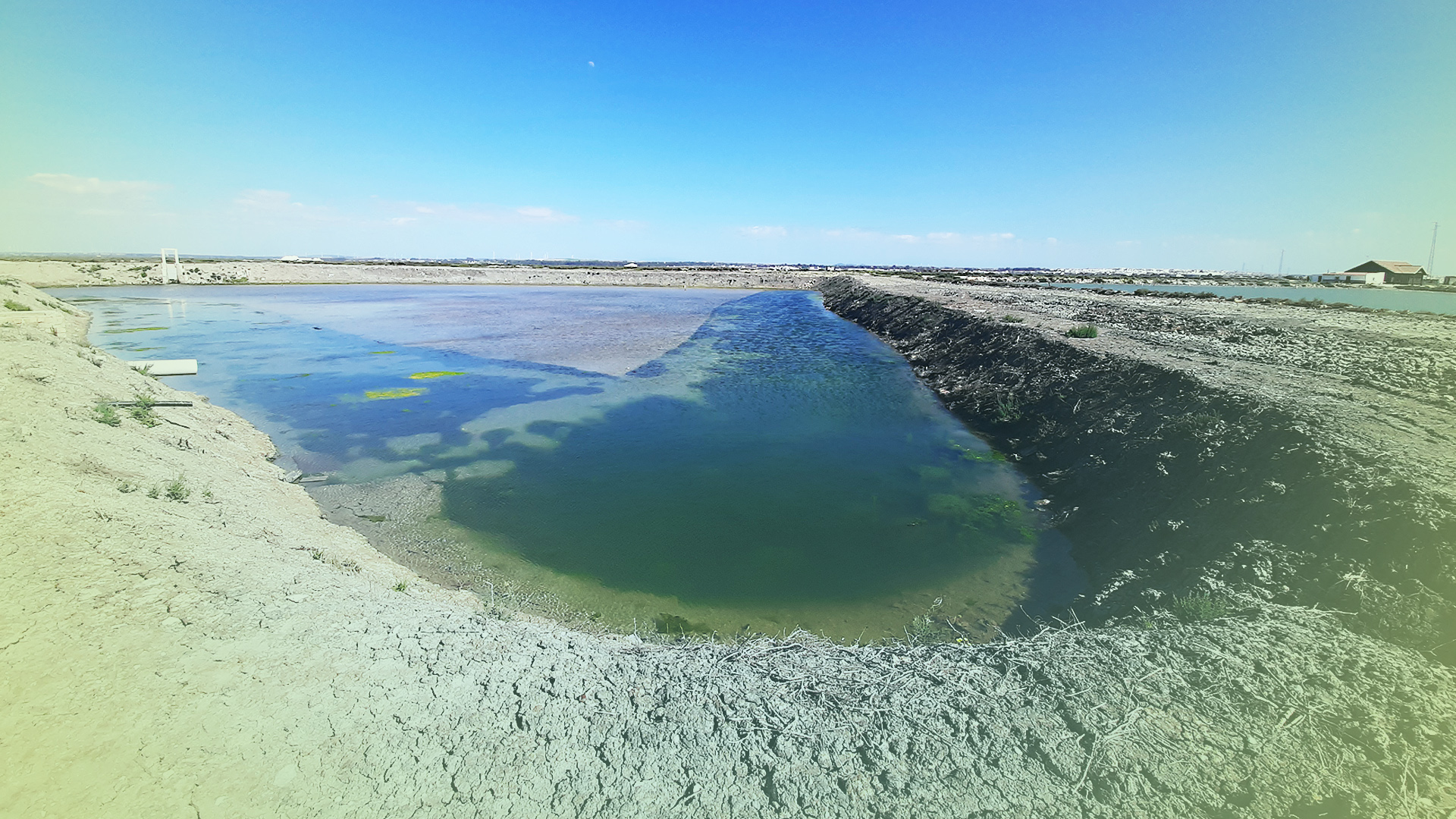

ARTIFICIAL RESERVOIR OF FILTERED WATER
Allows a “self-sufficiency” to the hatchery zone of 3 days’ duration. On the right, a system of filters and pumping of water from the natural reservoir; in the background, the warehouse that houses the hatchery, laboratories, offices and toilets.
LARVAL ROOM
Holothuria arguinensis with 120 tanks of 250 liters.
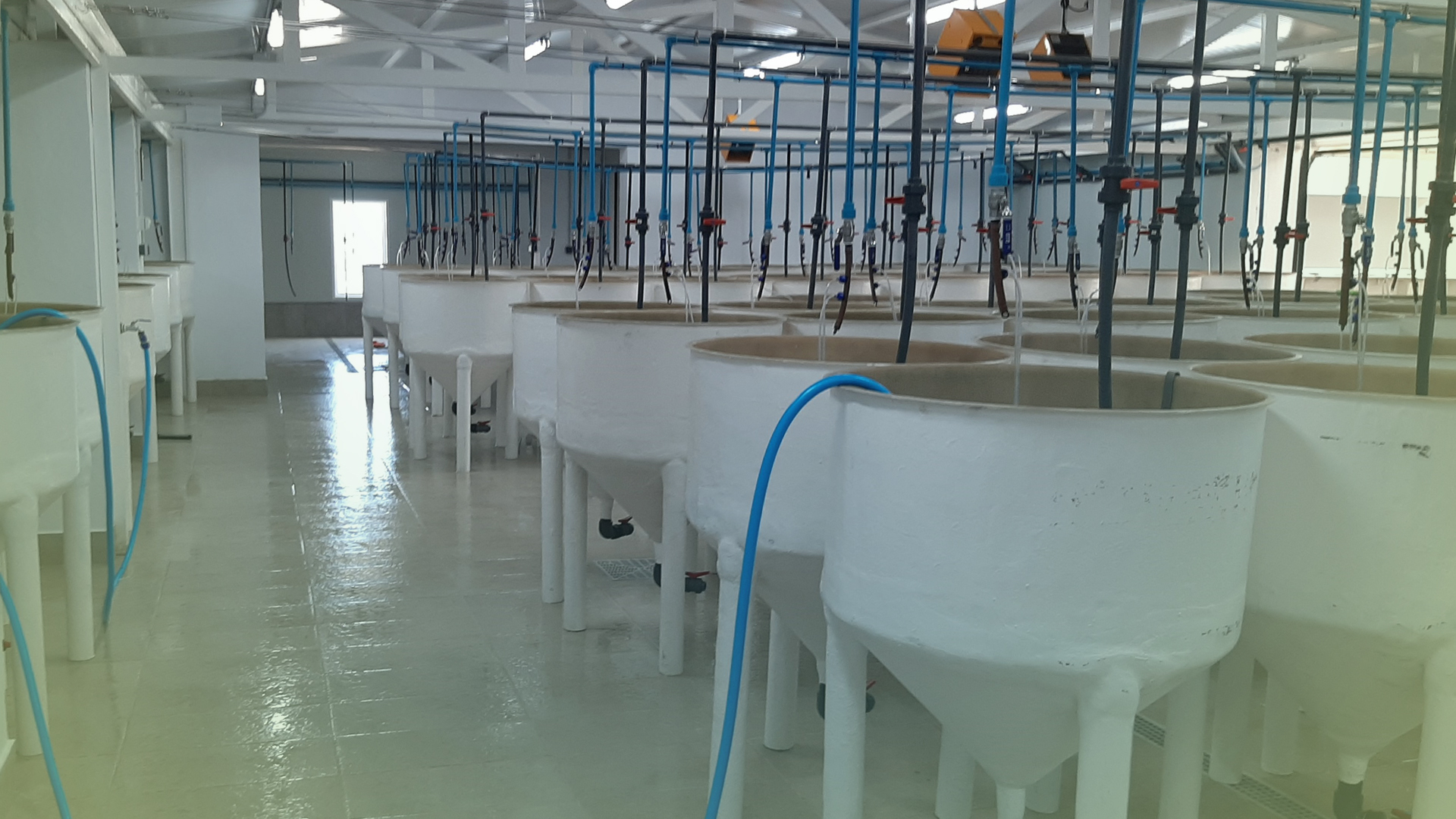
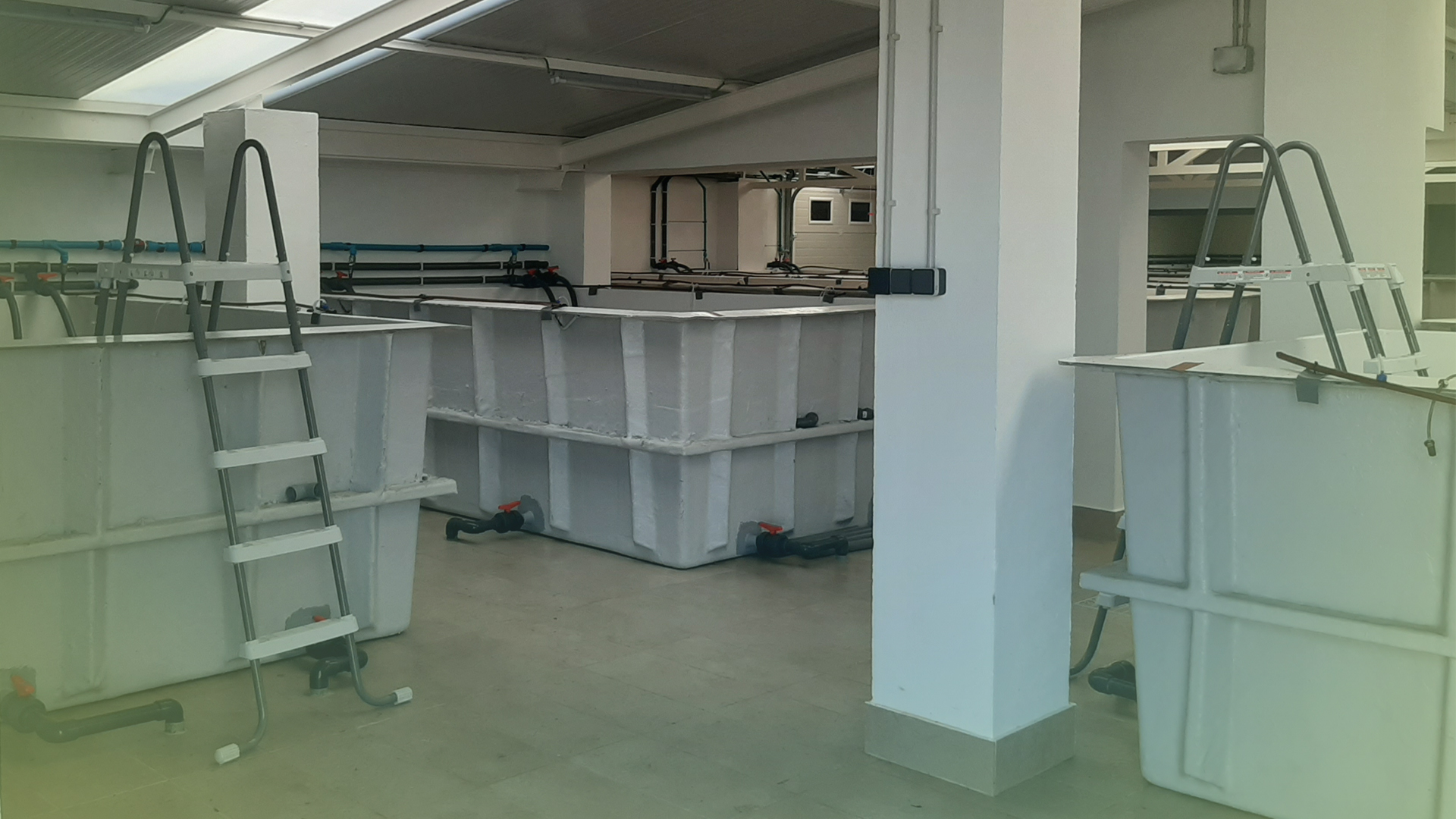
BENTHONIC AND JUVENILE LARVAE SETTLEMENT ROOM
Holothuria arguinensis located in the hatchery.
OUR TEAM
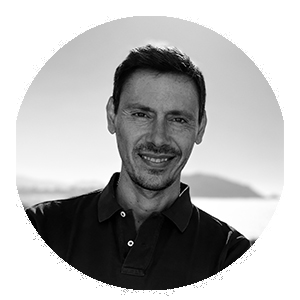
Sr. Antonio Aquilino Fernández Pérez
Managing
Director
Degree in Business Administration and Management from the University of Vigo (Spain) with two specialties: 1) Marketing; 2) Management and Administration studied at the University of Padua (Italy). He also has a Master in Business and Administration (MBA) from ESIC Business & Marketing School (Madrid, Spain). He speaks 4 languages and has more than 15 years of experience in managing seafood exporting companies, with a prominent presence in Asian markets, especially in China, Japan and South Korea.
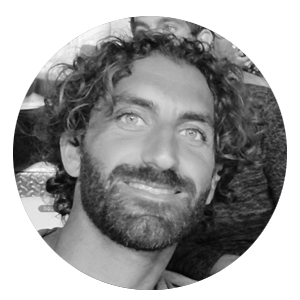
Dr. Luca Antoni
Aquaculture
Technician
Graduated in Environmental Sciences at University of Bologna (Italy), he is Doctor in Coastal Sciences from the University of Southern Mississippi (USA). He worked as a postdoctoral contractor in the MARESMA research group focusing his work on sea cucumber genetics and aquaculture. His research work has produced several articles published in impact-rated journals, including Molecular Ecology.
More...
After graduation, he moved to the United States where he obtained his Ph.D. in Coastal Sciences (University of Southern Mississippi) working with different fish species. Recently, he worked as a postdoctoral fellow in the MARESMA research group (Marine Resources Management, CCMAR, Universidade do Algarve) focusing his work on sea cucumber genetics and aquaculture. His work as a researcher has produced several work articles published in impact index journals, including Molecular Ecology. In addition, his research has been presented in several International Congresses, being selected in 2015 as a finalist for “Best Presentation” at the National Congress of the American Fisheries Society (Portland, USA).
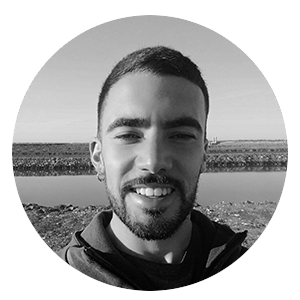
Sr. Pedro Pérez Medina
Aquaculture
Technician
Technician in Aquaculture by the Integrated Public Center for Maritime Professional Training Zaporito (San Fernando, Cádiz) and technician in Forest and Natural Environment Management. He has previous experience in aquaculture of fish species and mollusks, as well as in processing, cataloging and packaging of various commercial species of crustaceans.
More...
Person with great capacity for work, highly motivated to learn and with different skills and aptitudes that are particularly useful in carrying out tasks. Among his hobbies, underwater fishing stands out, which has also allowed him to have a wide knowledge of the commercial marine species in the area, and the regulation of their catches.

Sra. Nerea López de la Cruz
Aquaculture
Technician
Higher Technician in Aquaculture by the Integrated Public Center for Maritime Professional Training Zaporito (San Fernando, Cádiz) and Middle Technician in Aquaculture Farming Operations. Presents additional training focused on animal welfare, algae use and aquarium management, as well as in the maritime sector with various trainings including: fisherman sailor, multipurpose coastal skipper, restricted operator of the global maritime distress and safety system, etc.
More...
He has previous experience in the fish, mollusk and crustacean aquaculture sector, having worked for various companies in Cádiz such as CTAQUA, Salina de La Esperanza, Cetarea del Sur SL, Biothesan SL, Fauna Marina SL, and CUPIMAR (Cultivos Piscícolas Marinos SA ). Person with great capacity for work, highly motivated to acquire new knowledge and skills, and with very useful aptitudes in carrying out their tasks.
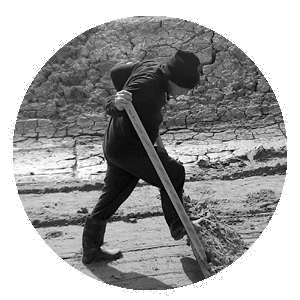
Sr. Sebastian Fornell Butrón
FIELD
OPERATOR
Field operator, born in Chiclana de la Frontera, with extensive experience in the management of estuaries and salinas (mainly in the maintenance and management of gates, design of water renewal flows and installation of secondary canalization systems), shellfish and fishery, with a deep knowledge of the species of commercial interest in the area and of the different fishing gear to capture them.
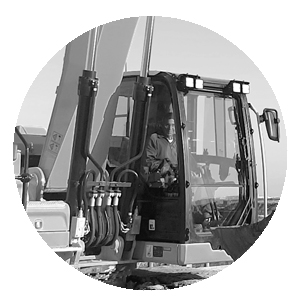
Sr. Antonio Santana Rodríguez
MACHINE
OPERATOR
Light and heavy machinery operator with a long history of working in salt flats and estuaries with a short and long arm shovel, for the movement of sterile and construction materials, cleaning of crop ponds, adaptation and maintenance of slopes of outdoor ponds, construction of new fattening ponds and nursery areas in open spaces, opening of pipes, maintenance, restoration and recovery of gates, etc.








